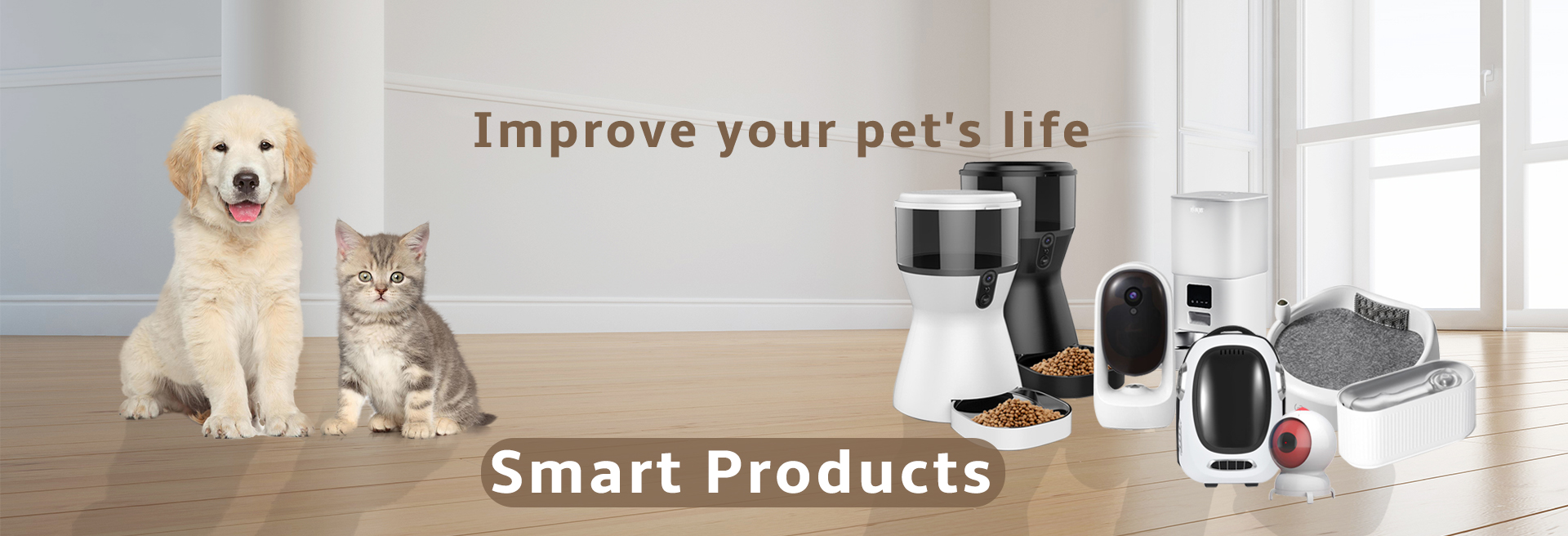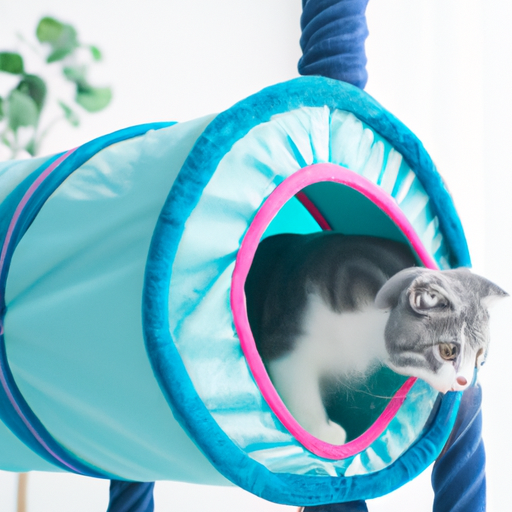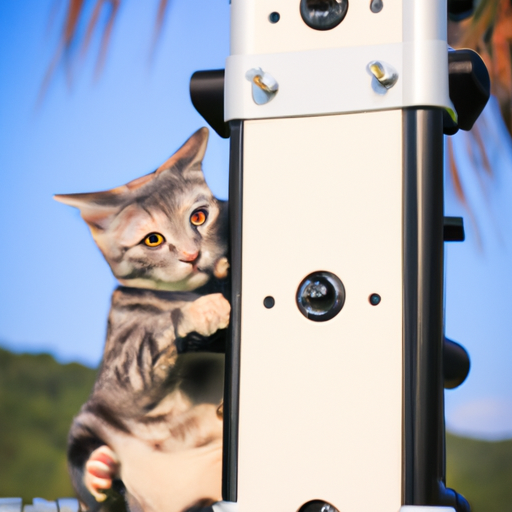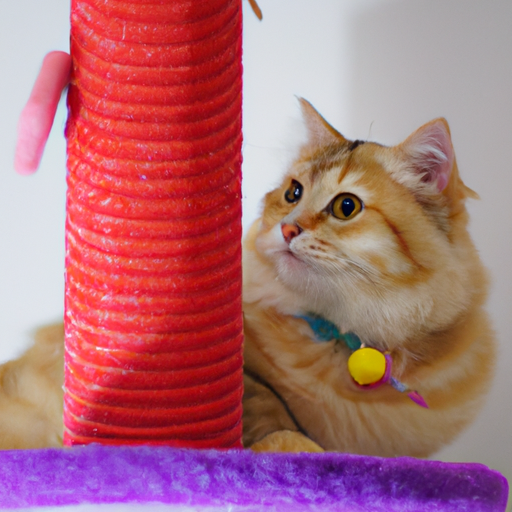Market Policies for Small Cat Climbing Frames
I. Introduction
As pet owners increasingly recognize the importance of providing enriching environments for their feline companions, small cat climbing frames have emerged as a popular solution. These structures not only offer a place for cats to play and exercise but also contribute to their overall health and well-being. In this blog post, we will explore the market policies that influence the production and sale of small cat climbing frames, examining everything from regulatory frameworks to consumer behavior.
II. Market Overview
A. Current Trends in the Pet Furniture Market
The pet industry has experienced remarkable growth over the past decade, with pet owners willing to invest significantly in products that enhance their pets' quality of life. According to recent reports, the global pet furniture market is projected to continue expanding, driven by an increasing demand for cat-specific products. This trend is particularly evident in the rising popularity of small cat climbing frames, which cater to the natural instincts of cats to climb, scratch, and explore.
B. Target Demographics for Small Cat Climbing Frames
The primary target demographic for small cat climbing frames includes cat owners who prioritize their pets' physical and mental stimulation. Additionally, pet retailers and online marketplaces play a crucial role in reaching these consumers. Retailers often curate a selection of climbing frames that appeal to various customer preferences, while online platforms provide convenience and accessibility for pet owners seeking the best products for their furry friends.
III. Regulatory Framework
A. Safety Standards and Regulations
Safety is paramount in the pet furniture market, and manufacturers of small cat climbing frames must adhere to established safety standards. Organizations such as ASTM (American Society for Testing and Materials) and ISO (International Organization for Standardization) provide guidelines that ensure products are safe for pets. Compliance with these standards not only protects consumers but also enhances the credibility of manufacturers in a competitive market.
B. Environmental Regulations
In addition to safety standards, environmental regulations are increasingly influencing the production of small cat climbing frames. Consumers are becoming more conscious of the materials used in pet products, leading to a demand for sustainable options. Manufacturers are responding by sourcing eco-friendly materials and adopting sustainable production processes, which can impact manufacturing costs but also appeal to environmentally conscious consumers.
IV. Pricing Strategies
A. Factors Influencing Pricing
Several factors influence the pricing of small cat climbing frames. Material costs, for instance, can vary significantly based on the quality and sustainability of the materials used. Additionally, the complexity of the design and the brand's positioning in the market play crucial roles in determining price points. Premium brands may charge higher prices due to perceived quality and exclusivity, while budget-friendly options cater to cost-conscious consumers.
B. Competitive Pricing Analysis
To remain competitive, manufacturers must conduct thorough pricing analyses. This involves comparing their products with similar offerings in the market and understanding price elasticity. In the pet furniture market, consumers often exhibit sensitivity to price changes, making it essential for brands to strike a balance between affordability and quality.
V. Marketing and Promotion Policies
A. Branding Strategies for Small Cat Climbing Frames
Effective branding is vital for small cat climbing frame manufacturers. A strong brand identity can differentiate a product in a crowded market, emphasizing unique design features and functionality. Brands that successfully communicate their values and connect with consumers on an emotional level are more likely to foster loyalty and repeat purchases.
B. Advertising Channels
Marketing strategies for small cat climbing frames should encompass a mix of digital and traditional advertising channels. Digital marketing, including social media campaigns, search engine optimization (SEO), and pay-per-click (PPC) advertising, allows brands to reach a broader audience. Traditional marketing methods, such as print advertisements and participation in pet expos, can also enhance visibility and credibility.
C. Customer Engagement and Feedback
Engaging with customers and soliciting feedback is crucial for continuous improvement. Positive customer reviews can significantly influence purchasing decisions, while constructive criticism provides valuable insights for product development. Brands that actively listen to their customers and adapt their offerings accordingly are more likely to succeed in the competitive pet furniture market.
VI. Distribution Channels
A. Overview of Distribution Options
The distribution of small cat climbing frames can take various forms, including direct-to-consumer (DTC) sales, retail partnerships, and online marketplaces. DTC sales allow manufacturers to establish a direct relationship with consumers, while retail partnerships can enhance product visibility in physical stores. Online marketplaces like Amazon and Chewy provide a convenient platform for consumers to browse and purchase products.
B. Logistics and Supply Chain Considerations
Efficient logistics and supply chain management are essential for ensuring timely delivery and customer satisfaction. Manufacturers must consider inventory management, shipping, and handling policies to optimize their operations. A well-organized supply chain can reduce costs and improve the overall customer experience.
VII. Consumer Behavior and Preferences
A. Factors Influencing Consumer Purchasing Decisions
When it comes to purchasing small cat climbing frames, several factors influence consumer decisions. Quality and durability are paramount, as pet owners want products that can withstand the wear and tear of active cats. Aesthetic appeal also plays a role, with many consumers seeking climbing frames that complement their home decor. Additionally, the perception of price versus value is critical; consumers are often willing to pay more for products that offer superior quality and features.
B. Trends in Consumer Preferences
Recent trends indicate a growing preference for eco-friendly products among consumers. Many pet owners are actively seeking out climbing frames made from sustainable materials and produced through environmentally responsible processes. Customization options, such as color choices and modular designs, are also gaining popularity, allowing consumers to tailor products to their specific needs and preferences.
VIII. Challenges and Opportunities
A. Challenges Facing the Small Cat Climbing Frame Market
Despite the growth potential, the small cat climbing frame market faces several challenges. Competition from larger brands can make it difficult for smaller manufacturers to gain market share. Additionally, economic fluctuations can impact consumer spending, leading to decreased demand for non-essential pet products.
B. Opportunities for Growth
On the flip side, there are numerous opportunities for growth in the small cat climbing frame market. Innovations in design and materials can lead to the development of unique products that stand out in the marketplace. Furthermore, expanding into new markets, both domestically and internationally, can provide additional revenue streams for manufacturers.
IX. Conclusion
In summary, the market policies affecting small cat climbing frames encompass a wide range of factors, from regulatory frameworks to consumer behavior. As the pet furniture market continues to evolve, manufacturers must remain adaptable and responsive to changing trends and preferences. The future outlook for small cat climbing frames appears promising, with opportunities for innovation and growth on the horizon. By prioritizing quality, sustainability, and customer engagement, brands can position themselves for success in this dynamic market.
X. References
To further explore the market policies and trends in the pet furniture industry, consider reviewing relevant studies, articles, and market reports. Resources such as industry publications, consumer surveys, and regulatory guidelines can provide valuable insights for manufacturers and retailers alike.













